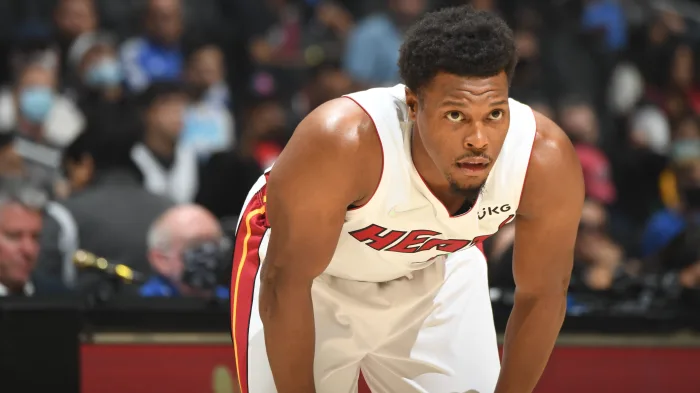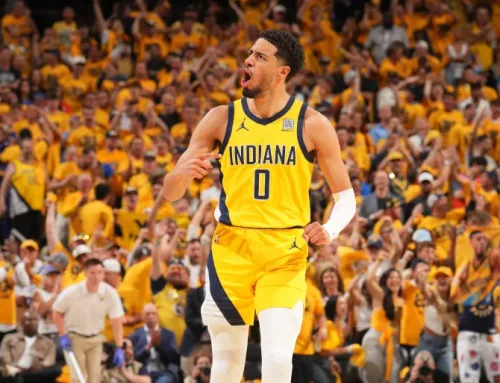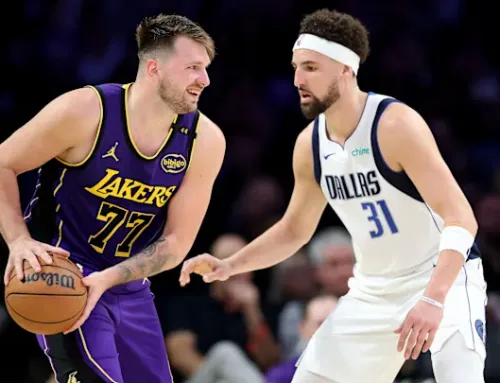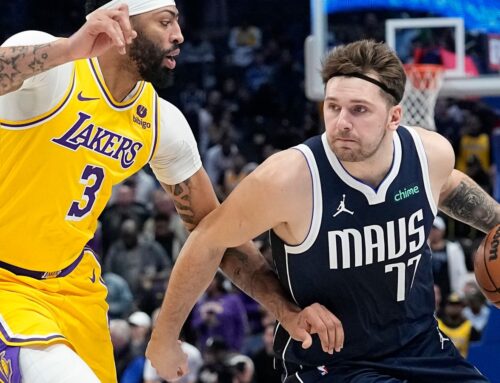By Avi Tyagi
Since the NBA Playoffs first expanded to incorporate 5 teams per conference into the playoffs, only 4 teams have ever made the Finals seeded 5th or lower: the 1980-81 Rockets (by virtue of tiebreaker), the 1994-95 Rockets (with only 35 regular season appearances from Clyde Drexler), the 1998-99 lockout shortened season Knicks, and the 2019-20 Heat during a shortened season with fewer regular season games for the major additions of Iguodala and Crowder to impact the standings. Barring some sort of extreme caveat, I am not going to consider any team a contender without a top 4 seed. The difficulty of the path for the teams without home court advantage in the first round and likely throughout is an important component for that decision. Ultimately, if a team could not establish itself as a top-4 team in its own conference over the course of an entire NBA season, it’s an unlikely outcome that said playoff team would conquer three (likely) more successful competitors from the regular season without home court all the way to the Finals. Halfway through the season, a tier of 8 teams has cut away from the pack. The top 5 in the East and top 3 in the West have emerged from the huddled flock straddling the .500 line. Some contenders (such as Boston or Philly) feature set 9 player rotations. Many of the others still have a chance to place some final touches before entering the playoff gauntlet. Within the upper crust lies another even more exclusive group. Virtually every NBA champion finishes the regular season with a top 10 defense by points per possession and every NBA finalist since the Pistons of yore (2005 to be precise) finished in the top half of the league in points per play. Applying that criteria to further whittle down our list of contenders yields us 5 teams: the Celtics, Cavs, Pelicans, Nets, and 76ers. All 5 teams are also currently near the +4 point differential (per 100 possessions) mark per Cleaning the Glass, another important barometer befitting past champions. Only the Celtics are decidedly clear of the +4 threshold so the other 4 will be reliant on excellent second half of the season performances as the Wemby sweepstakes grow more intense around the league. I will observe these 5 potential champions with the keenest interest heading into the trade deadline. Here are some ideas for internal improvement from external sources for the crème de la crème.
I have tried to realistically evaluate how teams may choose to behave when conducting this exercise. I don’t anticipate many major playoff additions for the Celtics or 76ers (barring the Korkmaz trade idea I have previously covered: https://notradeclause.com/the-most-likely-remaining-underrated-trades/). I’ll start with the Nets. I can’t say I believe in them as true contenders, but I must acknowledge their performances thus far. Their simplified switch everything (except when Kyrie, Seth, or Patty are in the action) strategy has created a more proactive defense capable of avoiding the crippling mistakes that so often characterized their defenses in the past. Nic Claxton and Ben Simmons are the centerpiece of this new defense. A heftier Simmons has been asked to switch 1-5 in certain situations and has held up well. Claxton has done him one better. Claxton has locked up almost every opponent he has faced this season. His one kryptonite is the uber-powerful post presence, but only Embiid fits that profile in the East, and precious few can slow Joel down. Claxton’s slinky frame, excellent use of his lanky arms and active hands to disrupt opponents’ plans, and smooth movement patterns have made him one of the 3 or 4 best switch-defending bigs in the entire league. At the same time, he provides an actual rim presence for a team otherwise sorely lacking on that front. With an 8% block rate, opponents shoot 4% worse at the rim when Claxton is on the court. At times, he can emulate Rob Williams’ quick leaping ability and hide out on corner shooters to barge in as a weak-side helper on drives and swat shots away. On offense, unfortunately, this team is as milk-and-water as ever. I can’t get behind their isolation offense in the playoffs and their 3rd best creator at the moment is probably Seth Curry. Having superstars makes everything better, but this kind of offense is inherently vincible in the playoffs. It provides a singular, stoppable look for the evermore complex defenses proliferating throughout the league. Even MJ, the pinnacle of isolation offense that all succeeding generations have been attempting to mirror, would frequently feature in aptly named Chicago actions to generate separation when off the ball and provide a constant source of concern for opposing defenders. The Nets are almost singularly transition attacks, isolation ball, or PNRs up top, with a soupçon of KD wing or short corner attacks. Ben Simmons has fit his role well, but has not shown the ability to scale up when needed or punish the opposition with rim attacks of his own. The Nets two biggest trade deadline needs are likely a slashing guard with solid passing vision and another big in the mold of Claxton but slightly burlier. Their most favorable assets are their 2029 first round pick (with protections) alongside some combination of the contracts of Sharpe, Cam Thomas, Kessler Edwards. Seth Curry and/or Joe Harris would likely need to be part of any big deal. Recent reports that they expect to resign Kyrie to an extension of some kind shifts the calculus for this roster. Beforehand, it would have made predicting any trades extremely difficult here. Without Kyrie, would the Nets be angling for a version of a teardown? Would they commit to any picks if they continue to dip down the standings heading into February? Or, would they go all in for a title run this season and then start splitting up the roster next season to duck under the tax? Keeping Kyrie presents a clear 2–3-year window. Not every move has to be made for the short term to help the team this season and, at the same time, some future assets can be (like the conditional 2027 Philly first) can be dealt to build a sustainable 3-year contender. With that in mind, a team already swimming this deep in the luxury tax with Kyrie, T.J. Warren, and 3-pt king Yuta Watanabe as impending free agents cannot afford to keep both Joe Harris and Seth Curry. They still cannot swap both, however, without risking featuring lineups with limited spacing. For an iso heavy team in particular, poor spacing threats offer too many options to shut down KD and Kyrie drives and stagnate the attack.
Ideally, the simplest deal would be with the Pistons for the contracts of Alec Burks and Nerlens Noel, but Noel has played sparingly this season and the Pistons seem disinclined to dissolve their partnership with Burks. The Hornets have no long-term assets that they would be willing to give or that the Nets would take. Hayward and Rozier’s contracts are too big and are redundant with their stars. A team based this heavily on switching cannot be a Mason Plumlee team. Could this be the Eric Gordon team? The Rockets lack structure, consistent spacing, and vets. Would Joe Harris, Seth Curry, Kessler Edwards and Cam Thomas for Bruno Fernando, Garrison Matthews, and Eric Gordon fly? My guess is both sides say no. The Rockets lose a lot of their prized flexibility for the 2023 offseason while the Nets might value the future potential of their recent draft picks more than the Rockets would, especially with Cam Thomas adding to the core of young Rockets prospects who overdribble and don’t yet capably defend. A LaVine to the Nets trade for Harris, Curry, prospects and a protected first would be fascinating but almost completely unrealistic. An unexpected deal that both sides might love would be Joe Harris, Seth Curry, Kessler Edwards, a 2027 pick swap where the Heat receive the more favorable pick between their own pick and the less favorable of the Rockets and Nets pick, the least favorable 2023 2nd of Brooklyn, Atlanta, and Charlotte, and Miami’s 2025 2nd (between picks 38-60) for the player contracts of Kyle Lowry and Max Strus (a sturdier defender and development project meant to replace the rotational roles of Joe and Seth). Miami gets to split the Lowry contract into multiple assets to ease their strategic pivot and Strus was likely out of their affordability range due to the talent around him and the massive impending luxury tax costs of retaining the rest of the roster while theoretically adding a forward next offseason with a tax payer midlevel. The Heat also drift 1 million further away from the luxury tax this season (they are currently only 185,000 dollars under). For the Nets, Lowry becomes a pliable defender, passer, spot up shooter, and occasional offensive load carrier when injuries occur to their stars. The passing will be especially important for cycling through options in an otherwise iso-heavy offense and Lowry’s hit ahead passes could mesh well with Kyrie or Claxton on leak outs. Asking Simmons to be a half-court initiator at the moment is not likely to operate as an effective strategy. Lowry still can fill that role to a certain degree. It might make all the difference come playoff time.
